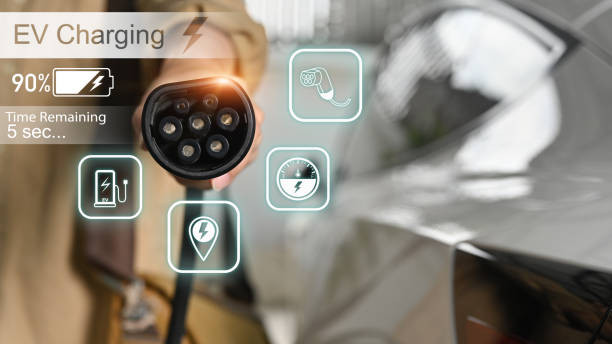Adapting to Electric Vehicles: A Guide for New Drivers
As electric vehicles (EVs) become more common on the road, it’s essential for new drivers to understand the unique aspects of driving and maintaining these cars. At Get Drivers Ed, we believe in preparing drivers for the future of transportation. This comprehensive guide will help you adapt to electric vehicles, offering tips and insights to make the transition smooth, enjoyable, and efficient. By following these guidelines, you can ensure a seamless and safe driving experience with your new EV, while also contributing to a greener environment and enjoying the benefits of modern automotive technology.
Understanding the Basics of Electric Vehicles
What is an Electric Vehicle?
Electric vehicles run on electricity stored in batteries, unlike traditional cars that rely on gasoline. EVs are known for their environmental benefits, lower operating costs, and advanced technology. They produce zero emissions, making them an excellent choice for eco-conscious drivers.
Key Components of EVs
Battery: The heart of an EV, which stores and supplies electricity to the motor.
Electric Motor: Converts electrical energy from the battery into mechanical energy to drive the car.
Charging Port: Allows the vehicle to be plugged into a power source to recharge the battery.
Regenerative Braking System: Captures energy during braking and converts it back into electrical energy to recharge the battery.
Battery: The heart of an EV, which stores and supplies electricity to the motor.
Electric Motor: Converts electrical energy from the battery into mechanical energy to drive the car.
Charging Port: Allows the vehicle to be plugged into a power source to recharge the battery.
Regenerative Braking System: Captures energy during braking and converts it back into electrical energy to recharge the battery.
Benefits of Driving Electric Vehicles
Environmental Impact
One of the most significant advantages of EVs is their positive impact on the environment. By driving an EV, you contribute to reducing air pollution and dependence on fossil fuels. This aligns with the principles taught in drivers ed about responsible and eco-friendly driving.
Cost Savings
Although the initial cost of an electric vehicle can be higher than a traditional car, the savings on fuel and maintenance can make up for it over time. Electric cars have fewer moving parts, resulting in lower maintenance costs. Additionally, many regions offer tax incentives and rebates for EV purchases.
Advanced Technology
Electric vehicles are often equipped with the latest technology, including advanced driver-assistance systems (ADAS), enhanced infotainment systems, and improved connectivity features. This makes driving safer, more comfortable, and more enjoyable.
Adapting Your Driving Habits
Efficient Driving
To maximize the range of your EV, adopt efficient driving habits. Accelerate smoothly, maintain a steady speed, and avoid unnecessary braking. Utilizing the regenerative braking system can help recharge the battery and extend the vehicle's range.
Understanding Range and Charging
Range Anxiety
One of the common concerns for new EV drivers is range anxiety—the fear of running out of battery before reaching a charging station. Familiarize yourself with your EV's range and plan your trips accordingly. Many EVs now come with apps that help you locate nearby charging stations.
Charging Options
There are different types of charging options available for EVs:
Level 1 Charging: Uses a standard household outlet and is the slowest charging method.
Level 2 Charging: Requires a dedicated charging unit and is faster than Level 1.
DC Fast Charging: Provides rapid charging and is available at public charging stations.
Charging Etiquette
When using public charging stations, be mindful of charging etiquette. Avoid occupying a charging spot longer than necessary and unplug your vehicle once it's fully charged to allow others to use the station.
Maintenance Tips for EVs
Battery Care
Proper battery maintenance is crucial for the longevity of your EV. Avoid extreme temperatures and keep the battery charged between 20% and 80% to extend its lifespan. Regularly check for software updates from the manufacturer to ensure optimal performance.
Tire Maintenance
EVs tend to be heavier than traditional cars due to the battery, which can cause faster tire wear. Regularly check tire pressure and alignment to ensure a smooth and safe ride.
Brake Maintenance
Thanks to regenerative braking, the traditional brake system in an EV experiences less wear and tear. However, it's still important to have your brakes inspected regularly as part of your routine maintenance.
Embracing the Future of Driving with Get Drivers Ed
At Get Drivers Ed, we incorporate the latest trends and technologies into our curriculum to prepare drivers for the future. Our comprehensive online drivers ed program covers everything from basic driving skills to advanced techniques for driving electric vehicles. By choosing our course, you’ll gain the knowledge and confidence needed to adapt to the evolving automotive landscape.


